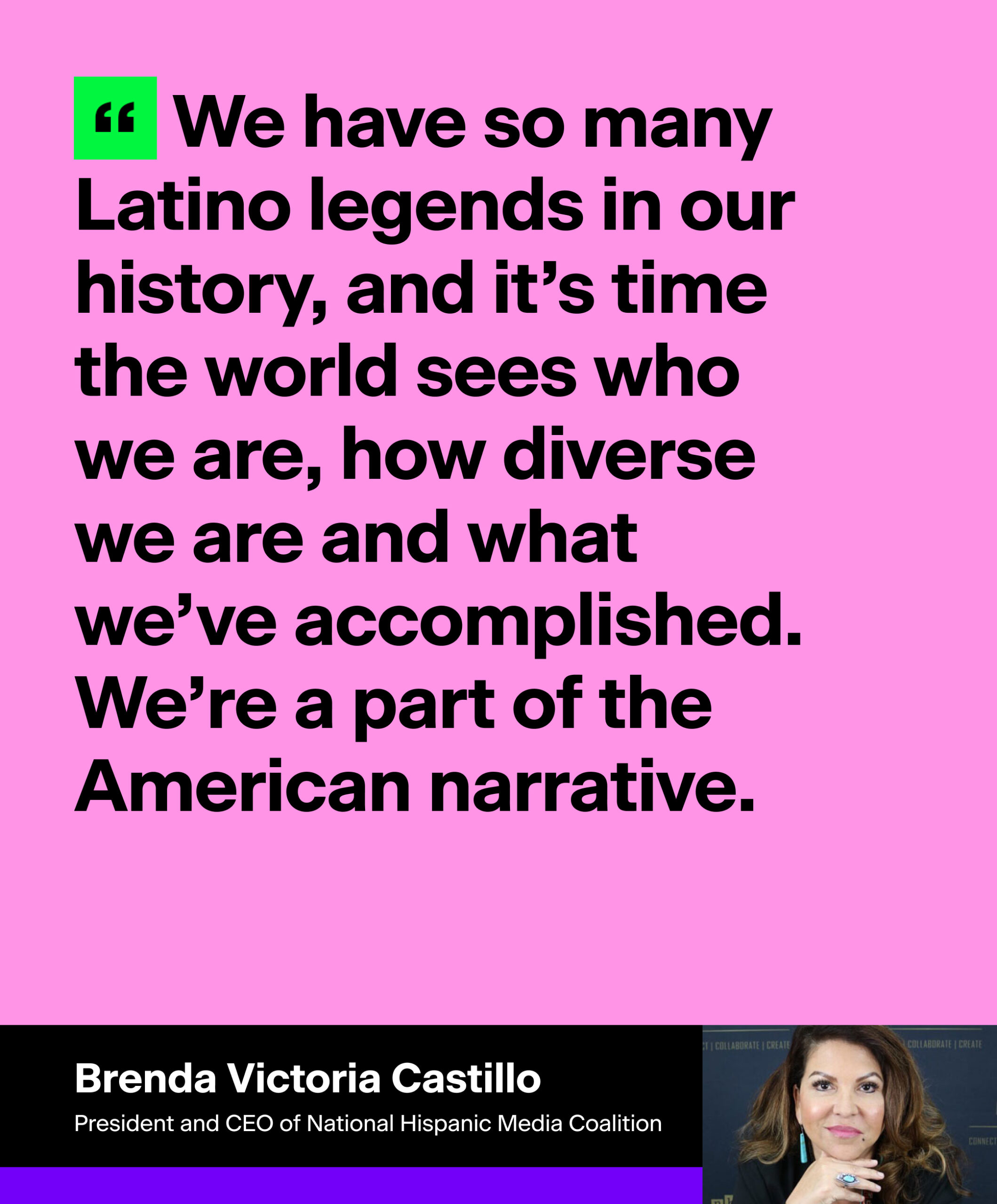Guide
January 2024
Telling Authentic Immigrant Stories

Stories are a prism through which we view the world. They can reflect or refract reality. Define American’s third Media Reference Guide educates content creators on best practices for telling specific, layered immigrant stories in the media they produce, helping immigrants be seen in their full humanity.
Download the 2024 Media Reference GuideAbout the Guide
In a constantly shifting U.S. immigration landscape, Telling Authentic Immigrant Stories: A Media Reference Guide is the latest edition of our comprehensive resource tool for storytellers, writers, filmmakers, content creators and media professionals who want to tell stories that are both accurate and humanizing about immigrants.
It includes best practices, detailed descriptions, multimedia examples, definitions, historical timelines, data and resources about specific underrepresented communities, as well as insight into evolving topics such as DACA and climate displacement.
We invite you to use this guide as a starting point as you build new worlds.
Six Tips to Consider When Creating Projects About Immigrants
Media—film, television, books, theatre, YouTube, TikTok, etc.—offers us a canvas on which to illustrate vivid, authentic, and complex representations of immigrants, and to build a culture of belonging. To ensure you’re producing and developing thoughtful, humanizing, and accurate stories that champion immigrant experiences, ask yourself: Are you exploring, or exploiting?
Here are six best practices for telling immigrant stories:
1
Hire more immigrants.
Immigrants deserve a seat at storytelling tables. Having talent on staff who are reflective of the material and of the world today brings diverse perspectives and authenticity to your project— especially when telling stories about communities outside of your own.
2
Engage meaningfully with immigrant communities.
If writing about or producing a project about a culture or group outside of your own, it’s important to speak to members of the group you are portraying, to ensure that your characters and storylines are realistic.
3
Seek expert opinions. Consult immigrants with lived experience.
Immigration as a process is complex and evolving; it is an issue that many Americans do not fully understand. When crafting storylines about immigrants, one way to counteract misinformation is to seek out experts, including those with lived experience.
4
Focus on universal themes and community bondedness.
Leverage universal and relatable themes to showcase how connected and shared our experiences as humans really are.
5
Be sensitive to risk and privacy.
Undocumented immigrants are assuming a personal, and sometimes legal, risk when they speak to the news and entertainment media. Respect privacy preferences.
6
Empower immigrant characters to control their own narratives.
Immigrants are resilient individuals with agency over their own lives.
Want to level up your immigrant characters?
Check out the Define American Immigrant Representation Scale for ideas and recommendations.
As the United States becomes increasingly multi-racial, multi-generational, and geographically diverse, it is imperative that cultural media represents the complexity and depth that immigrant communities bring to the table.

Media—film, television, books, theatre, YouTube, TikTok, etc.—offers us a canvas on which to illustrate vivid, authentic, and complex representations of immigrants, and to build a culture of belonging. At a time when immigrants, regardless of status, are continuously and increasingly vilified, it’s vital that immigrants are represented in their full humanity.
Jose Antonio Vargas, Pulitzer Prize-winning journalist, Emmy-nominated filmmaker, Tony-nominated producer, and founder and president of Define American
Contact Us
General Inquiries
hello@defineamerican.com








